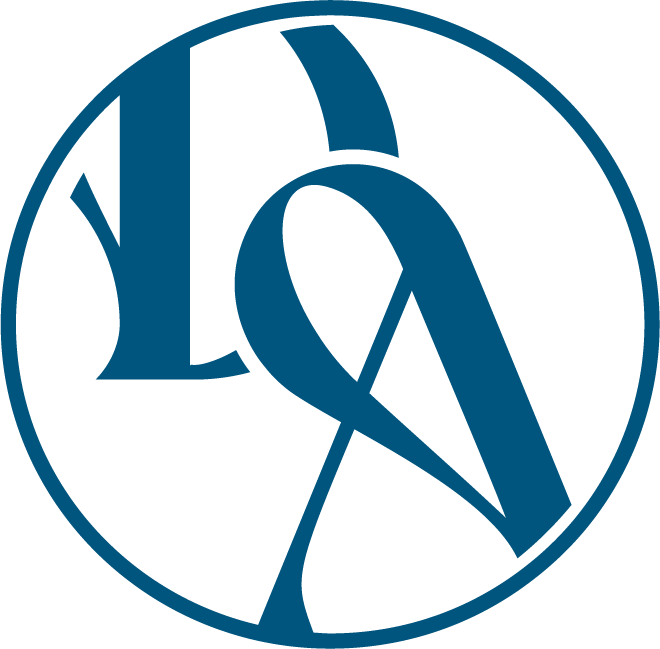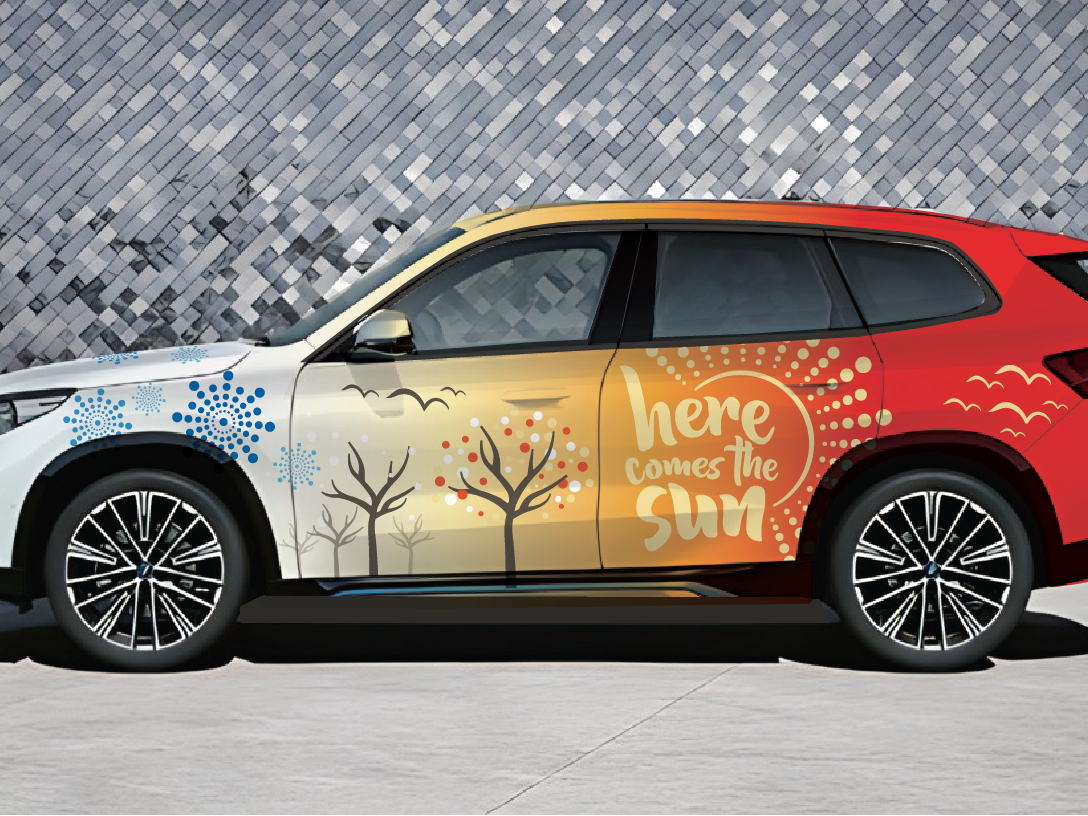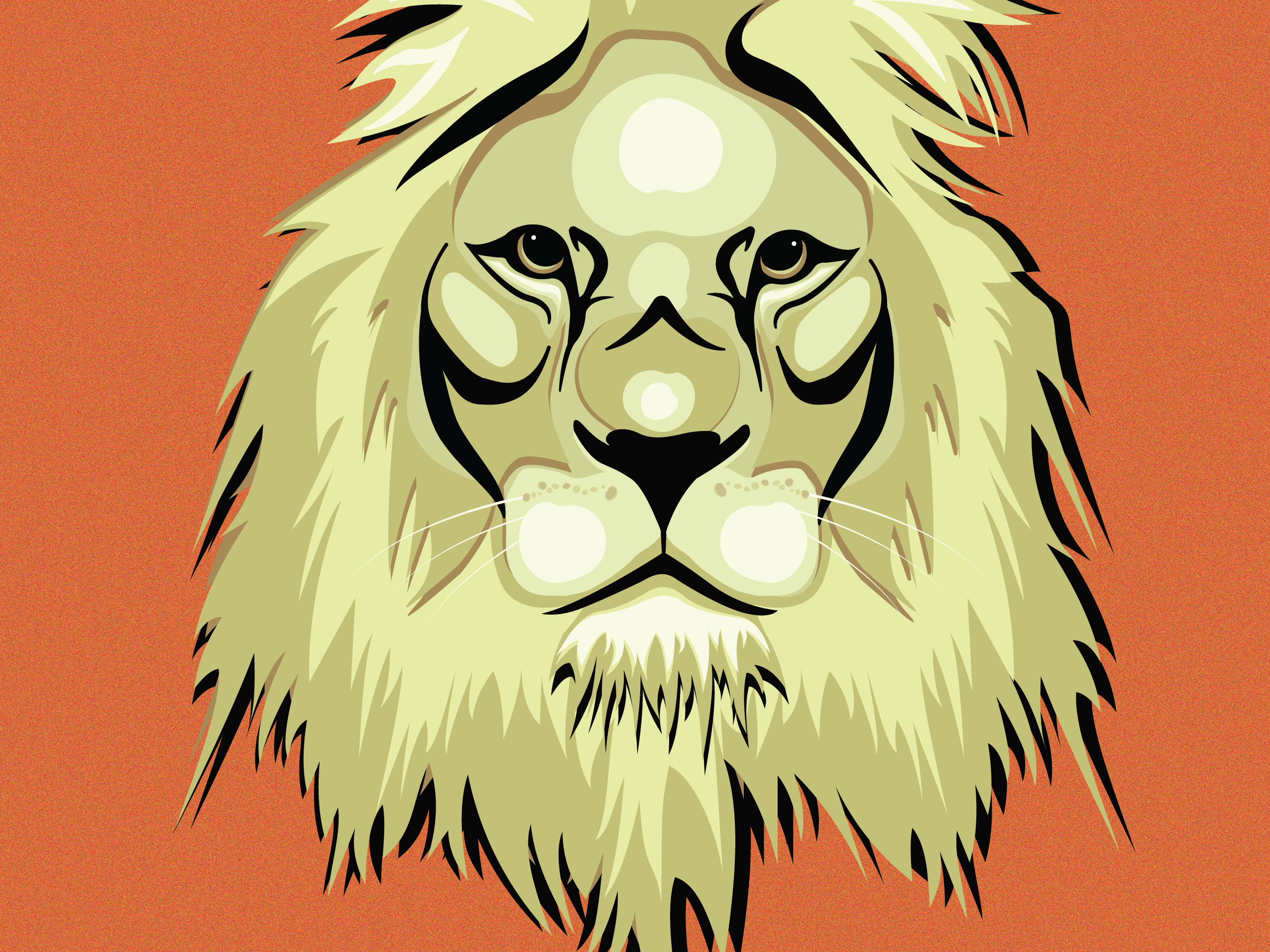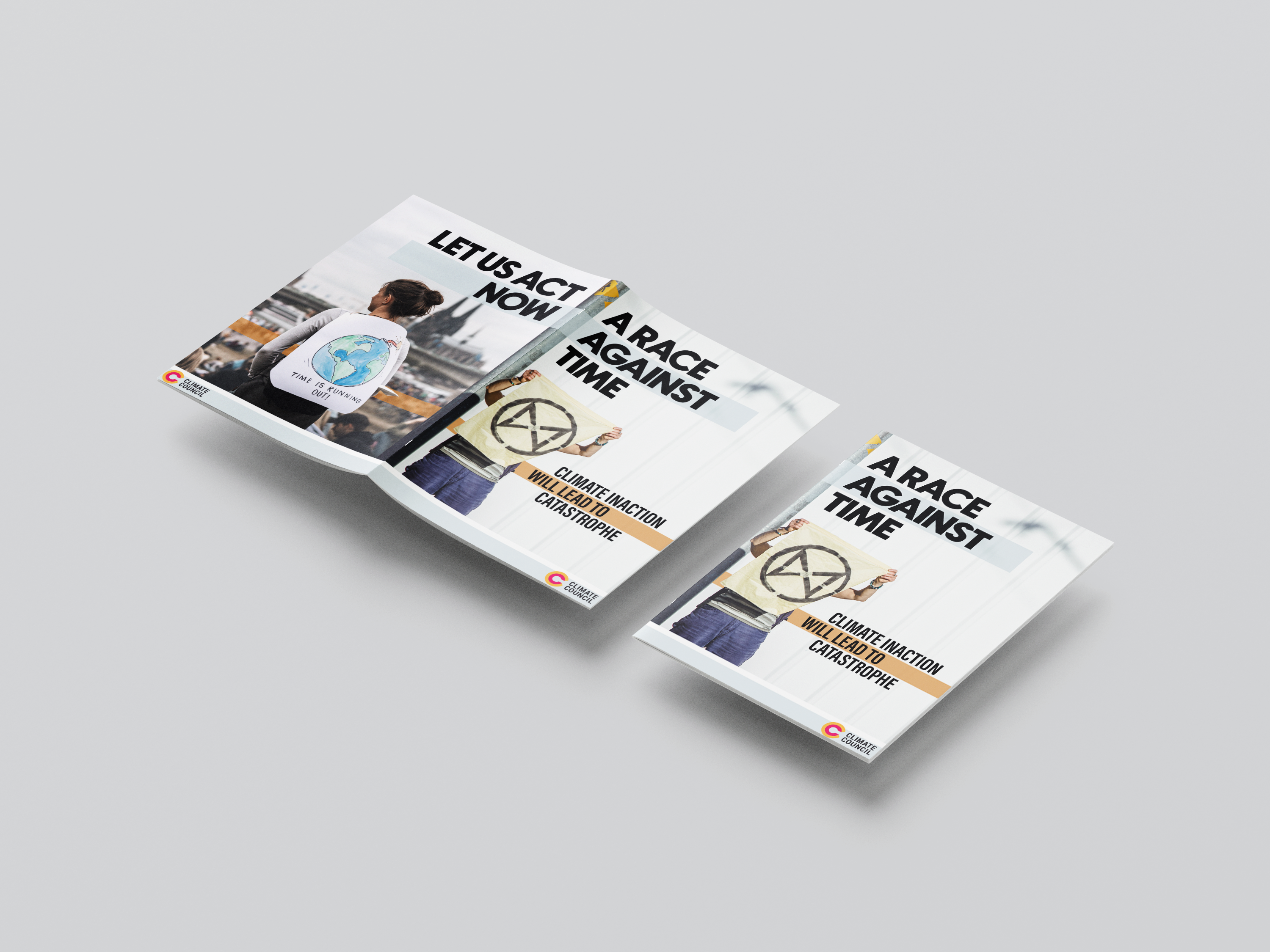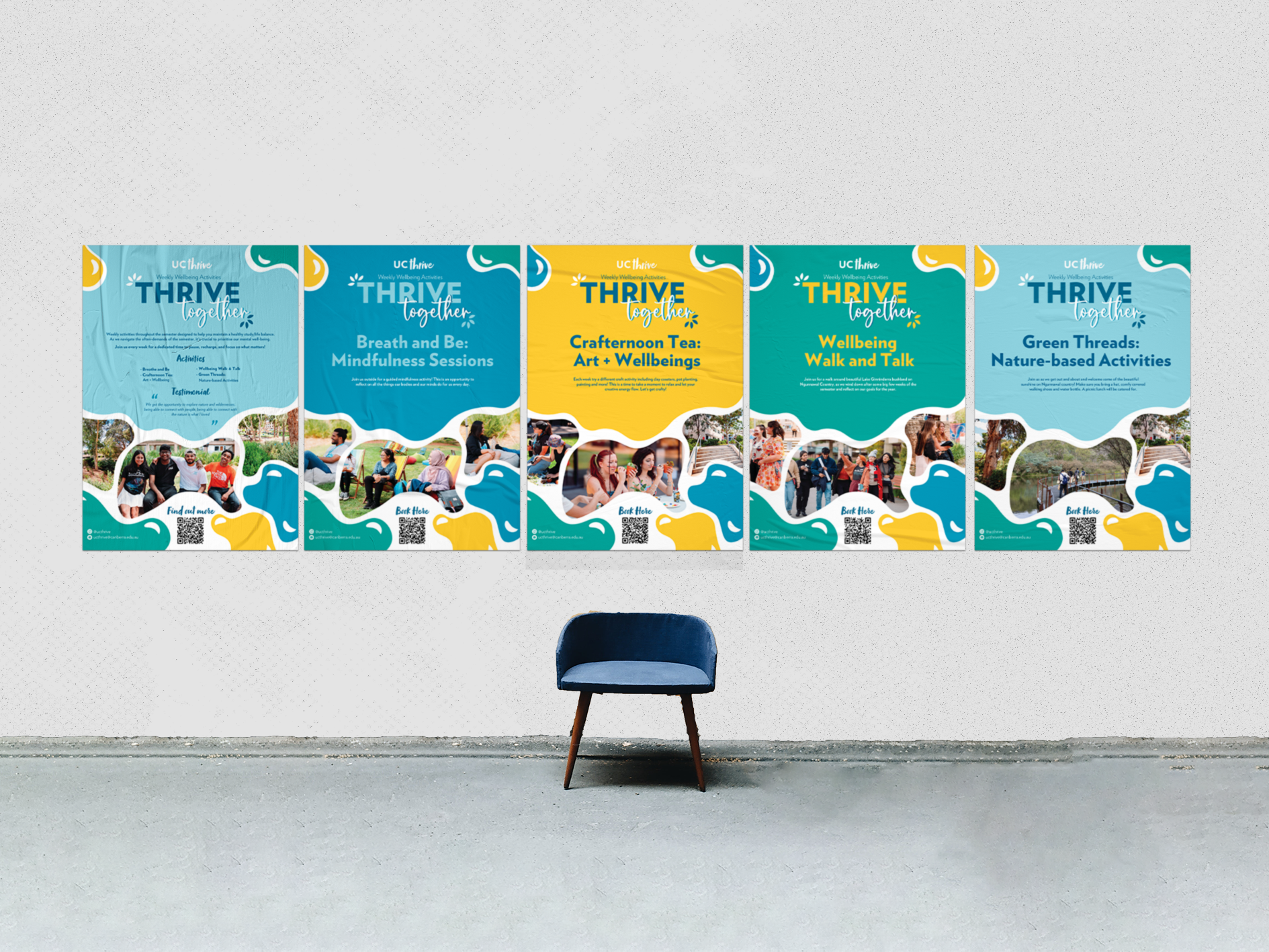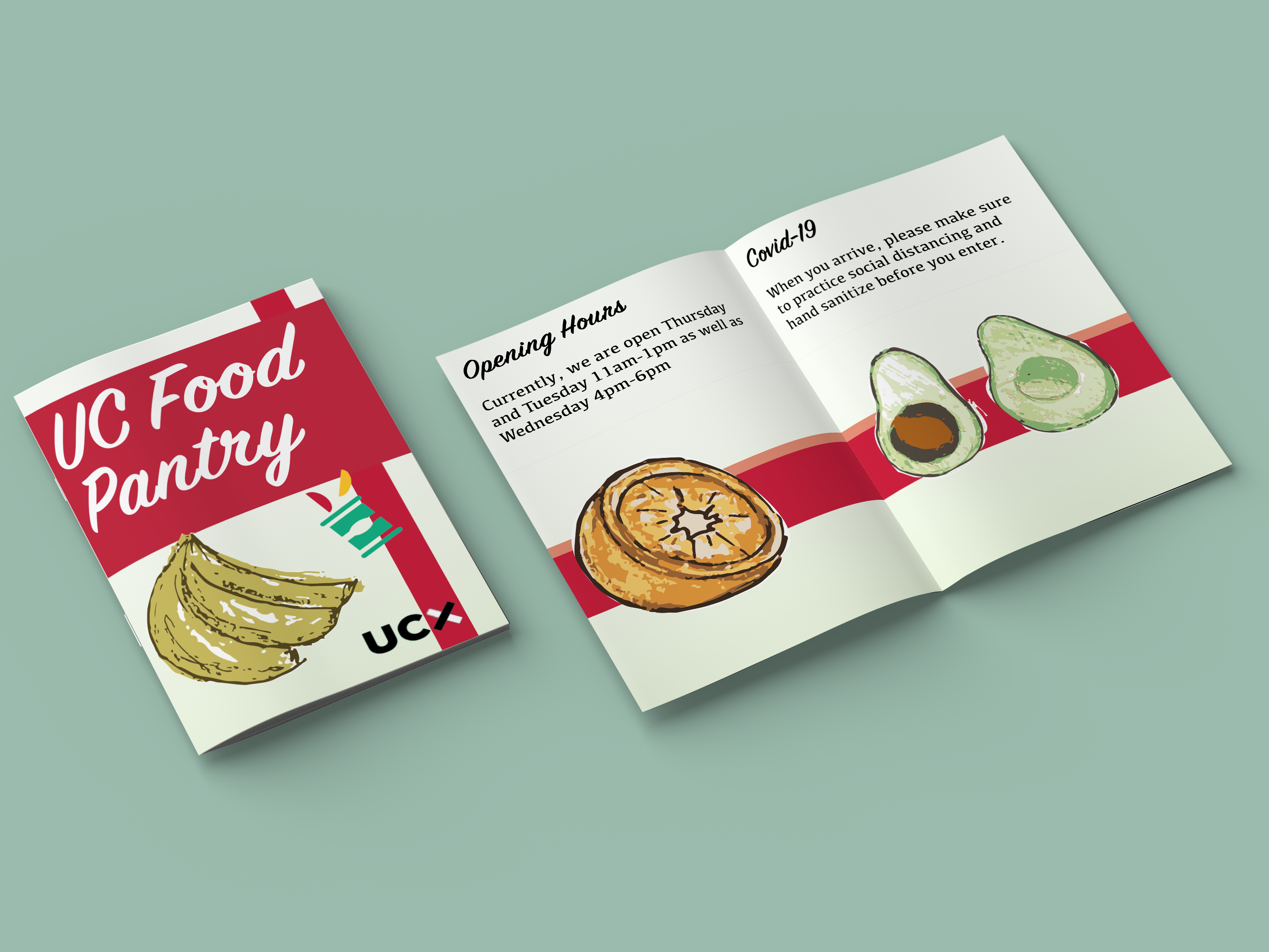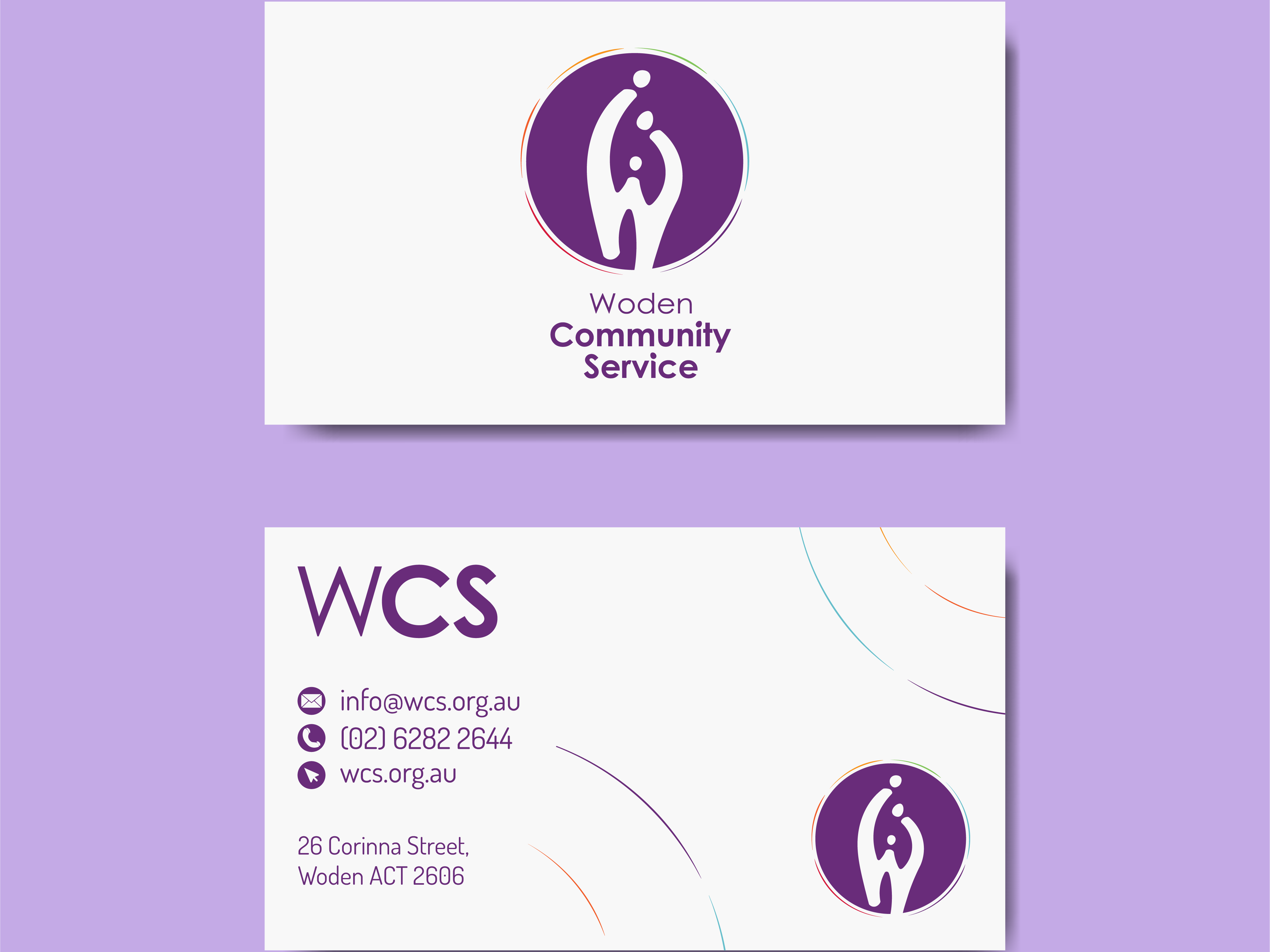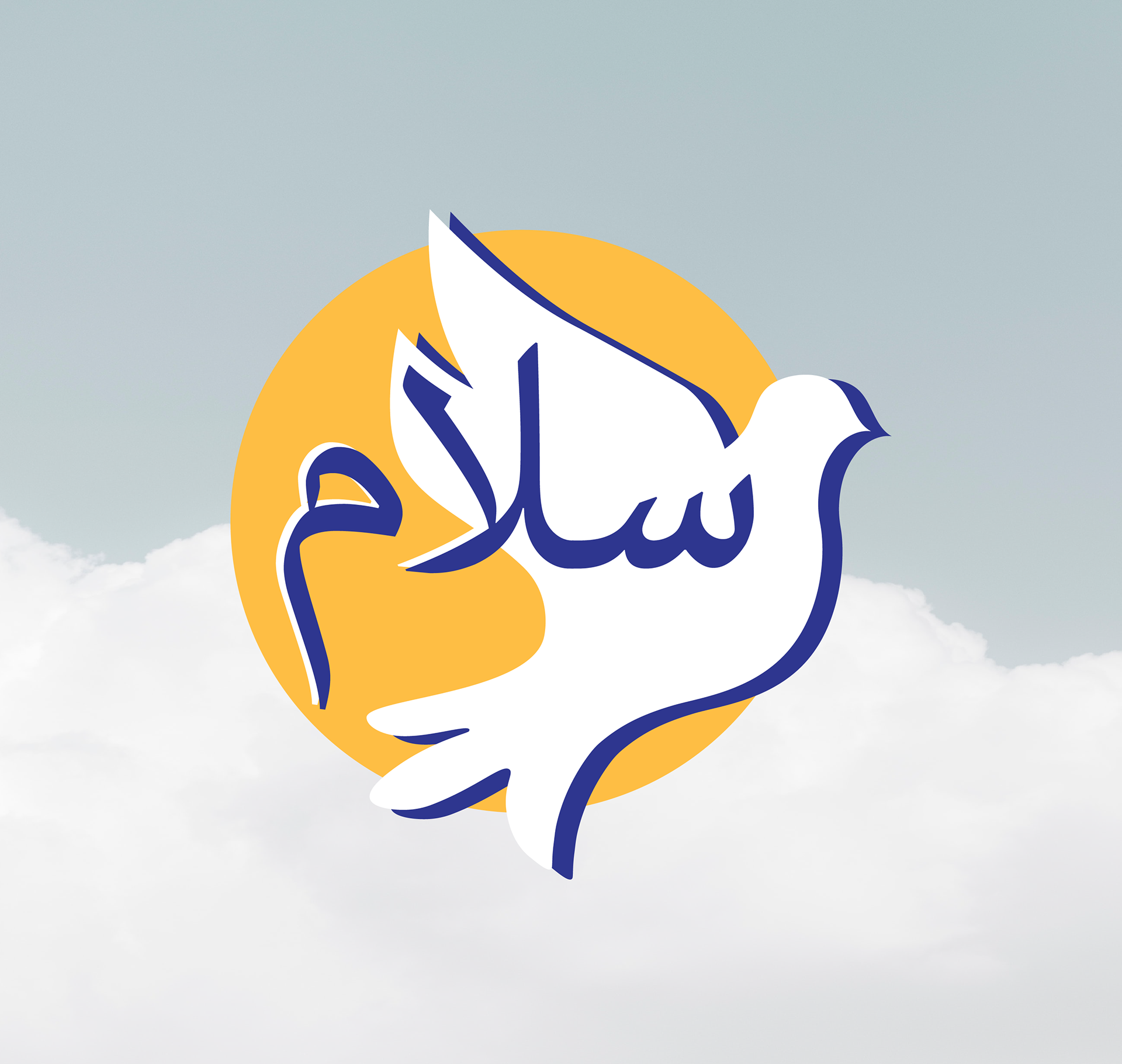

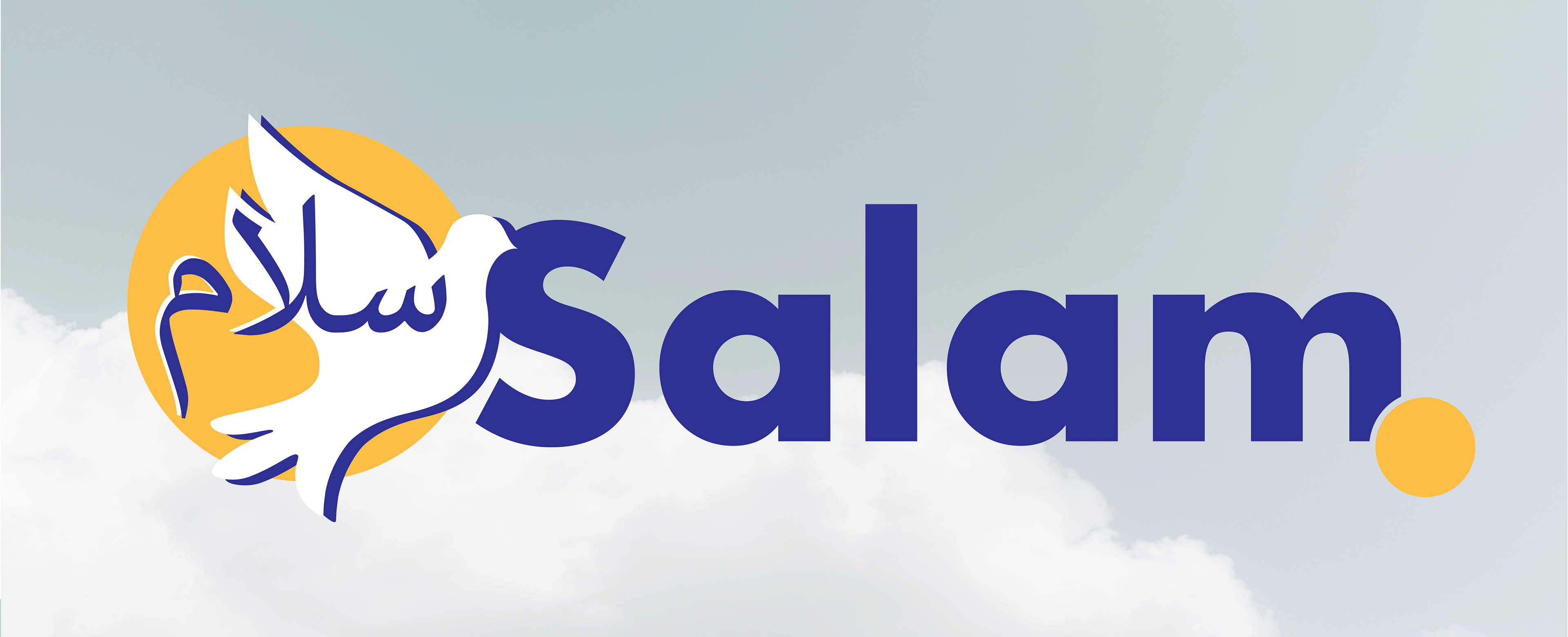
A mobile app designed to aid Syrian Refugees, navigate mental health struggles after fleeing the Syrian conflict and seeking refuge in Australia.
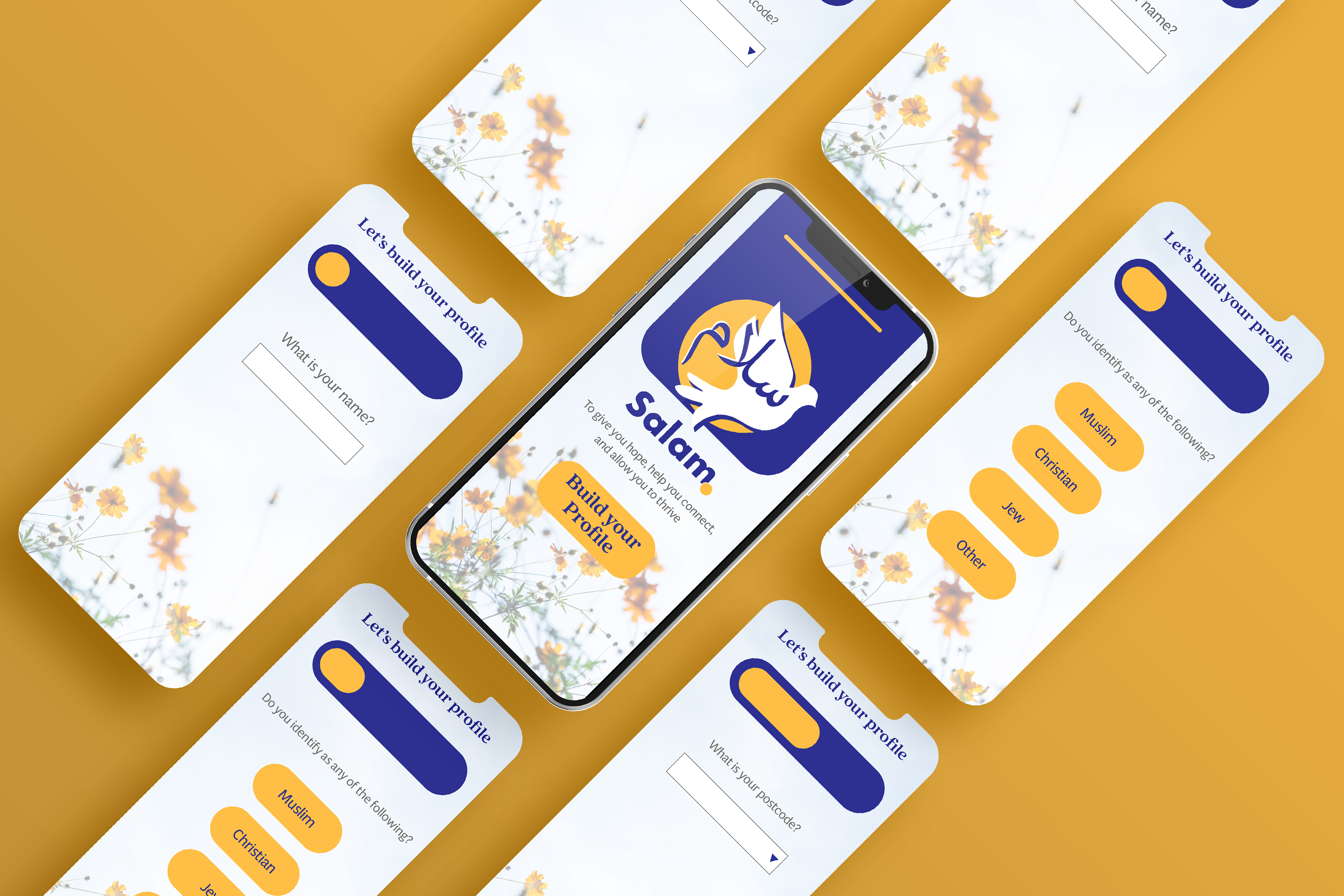




The final prototype showcases Salam’s vibrant energy and unique aesthetic. There is consistent use of flowers and sky imagery as discussed before. The display typeface used is Quincy CF. The typeface used for all other elements is Multi Display.
Marketing Tools
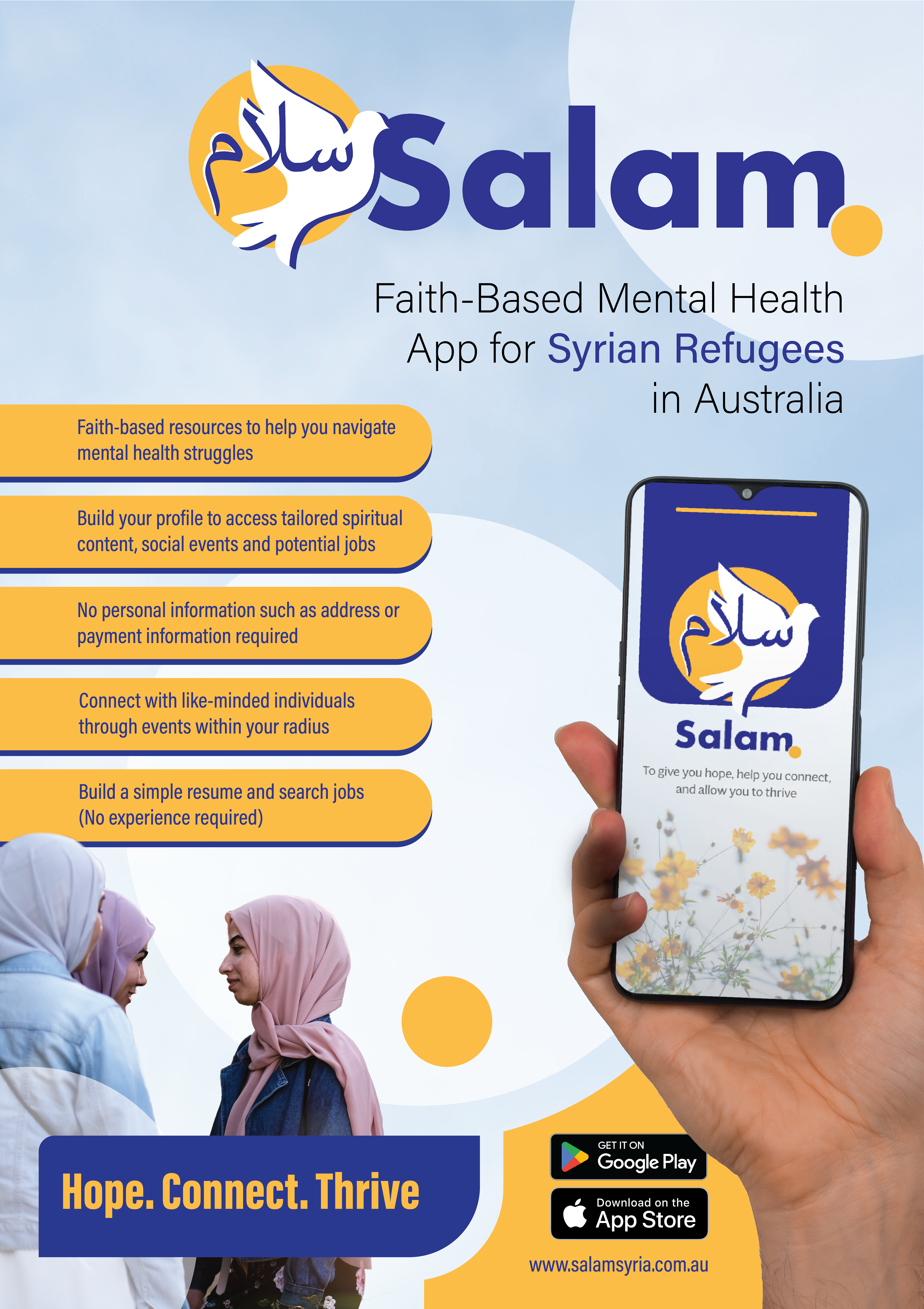
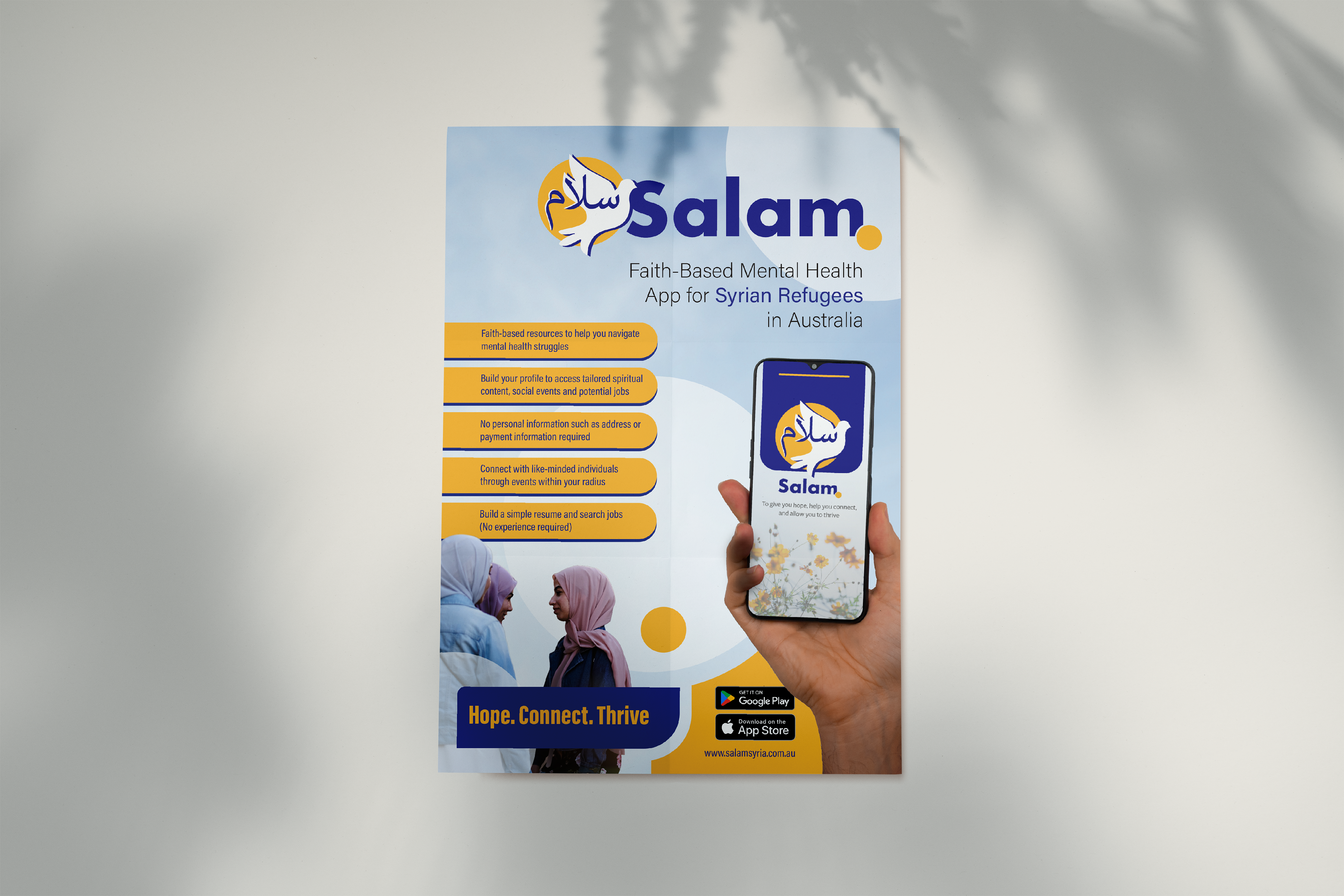
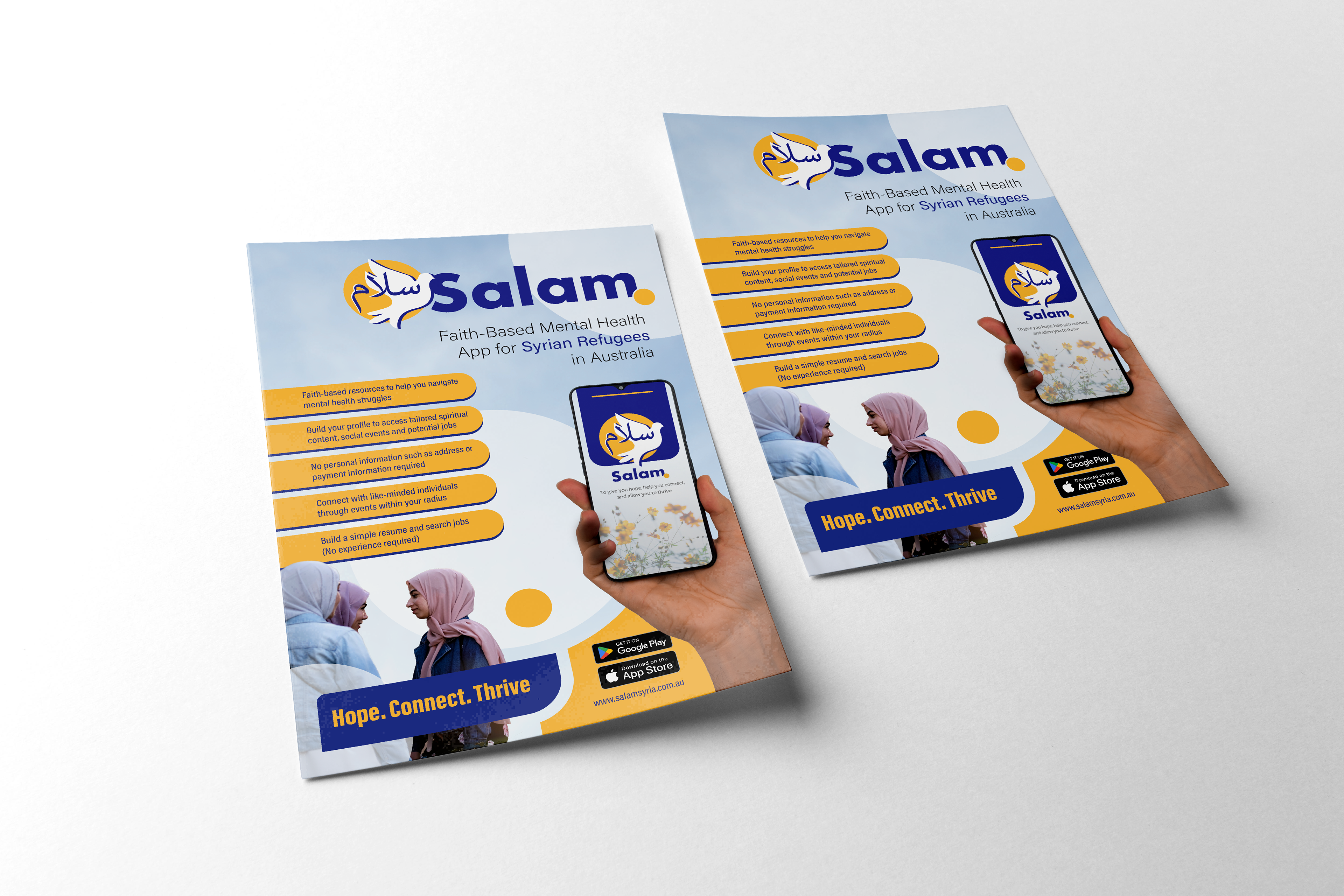
The first marketing tool to be used is posters of various sizes which can be placed near mosques/ churches, universities, schools, etc.
The poster presented is aimed at the Muslim Syrian population through the imagery of the Hijabi girls. The plan is that this part
of the poster will be leveraged to represent other religious communities. For this mock up however, the target audience is Muslim Syrian refugees.
of the poster will be leveraged to represent other religious communities. For this mock up however, the target audience is Muslim Syrian refugees.
The posters give a brief overview of the app’s capabilities, the brand slogan and where to download.
Acumin Variable Concept typeface was used in different weights (mainly condensed fonts) for all marketing material as it nicely complemented Futura and its neat layout maintained the brand aesthetic.



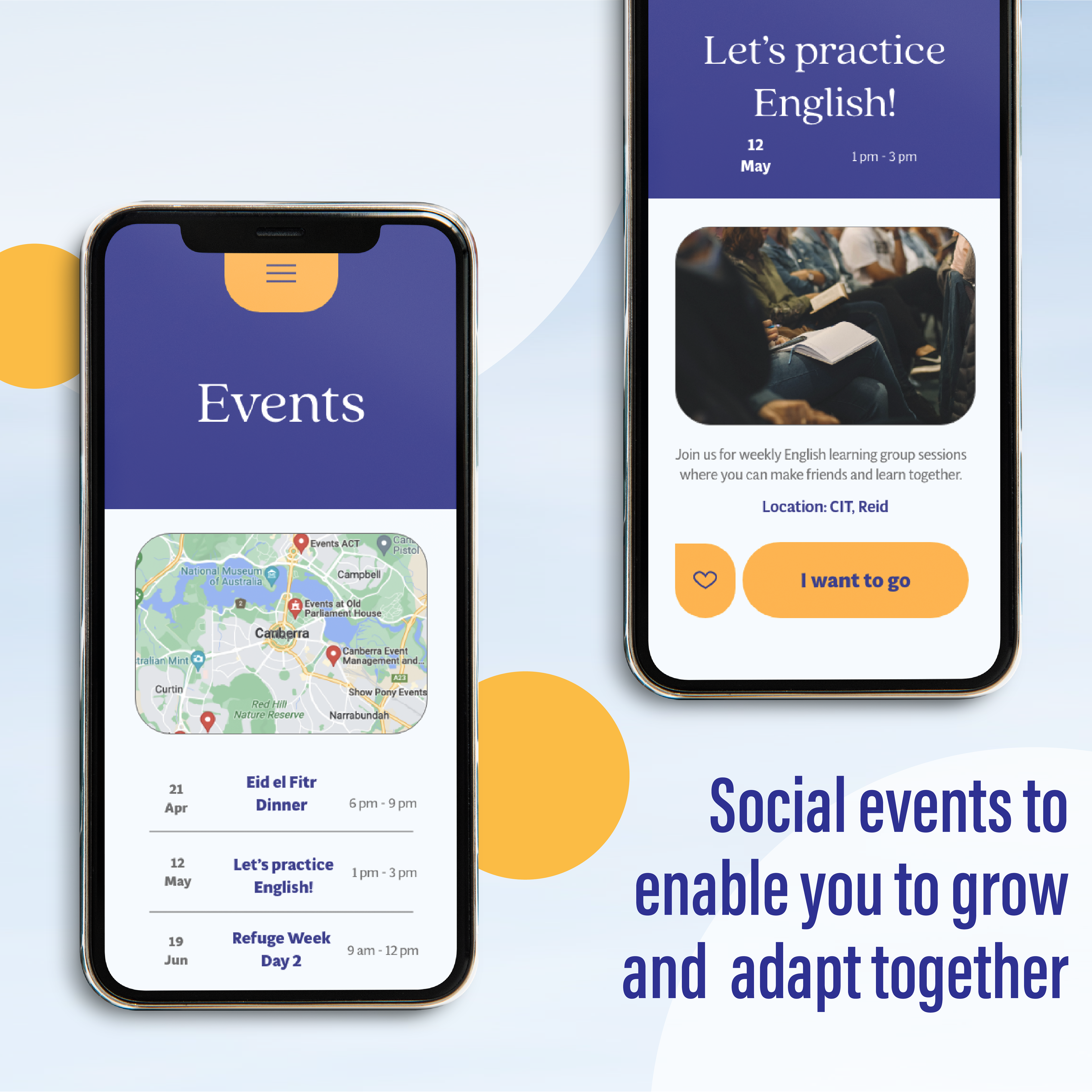
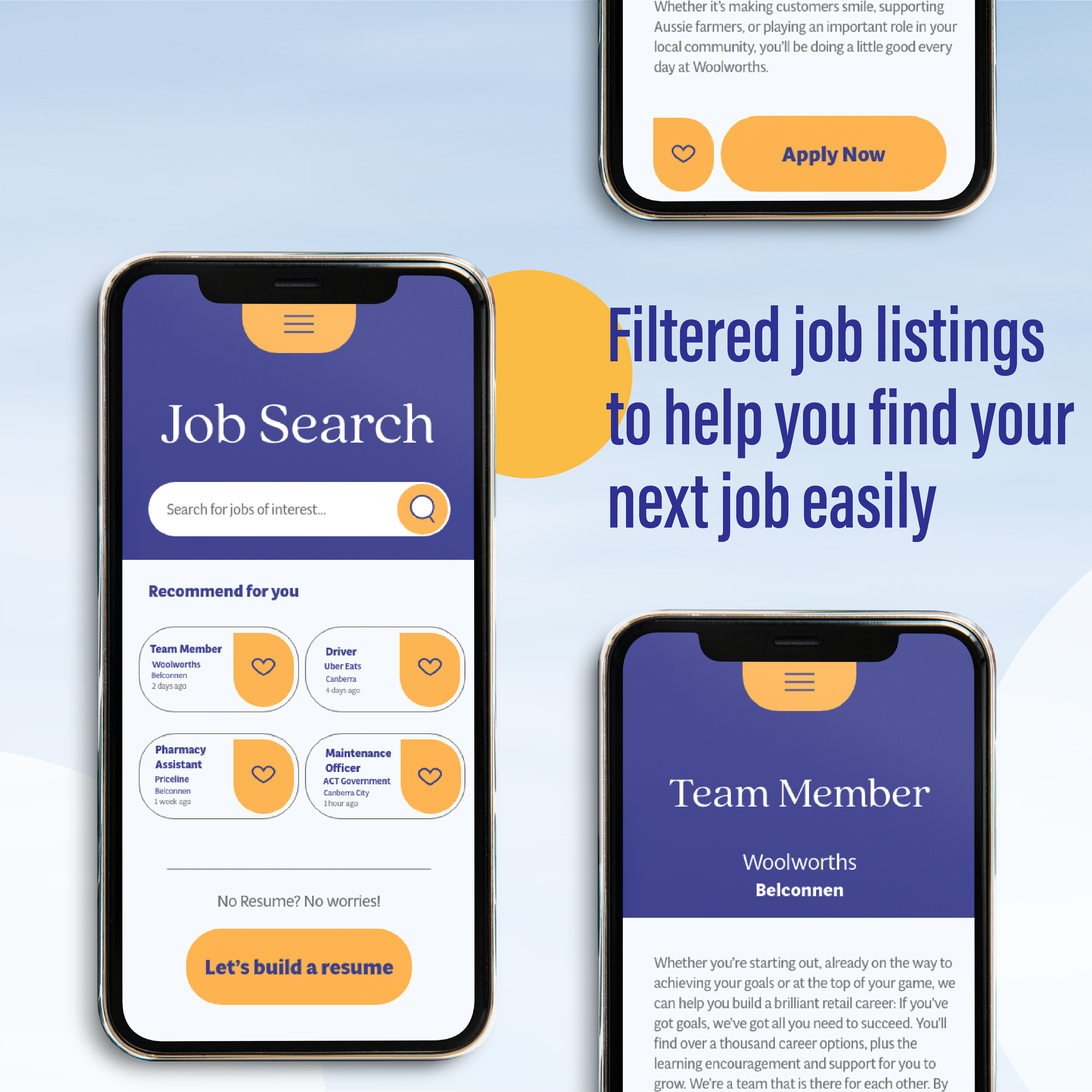
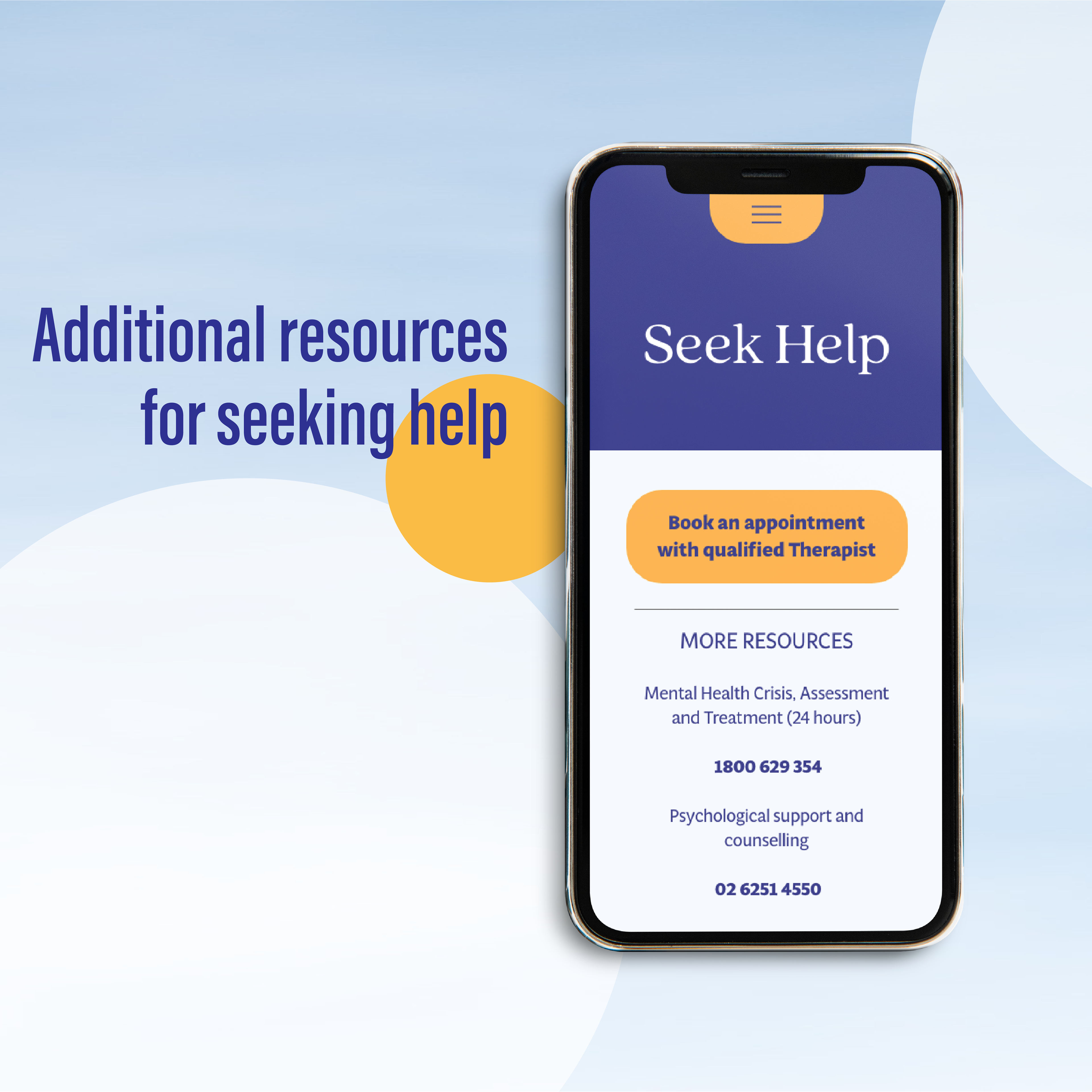
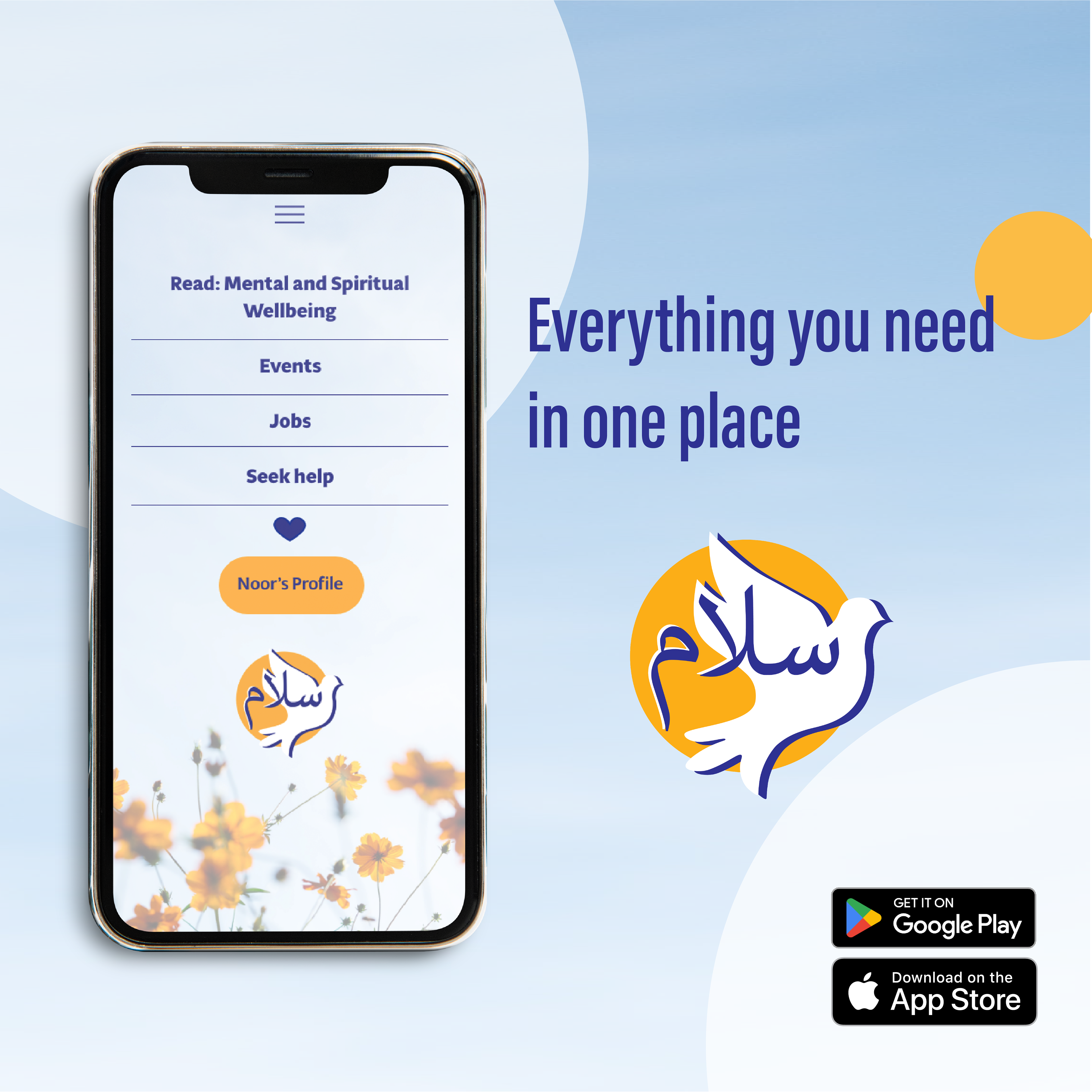
The second and third marketing tools are Instagram carousel advertisements and Facebook advertisements. These are the primary marketing tools as they can be easily and efficiently distributed and accessed, especially since the product is a mobile app. The target audience is familiar with Facebook and/or Instagram as they are important methods of communication with family left in Syria.
All marketing tools utilise mostly similar visuals to unify them and strengthen the brand identity. The backdrop is the sky visual which is part of the signature backdrop in the app. Circles are also a significant visual element used in the marketing tools, linking back to the app’s use of round shapes.
The Instagram carousel provides a more in depth description of the app’s capabilities and aims. It utilises a logical flow to help the viewer make sense of the features while teaching them how to use them. As with the prototype and poster, the interface mock ups show examples from the Muslim perspective.
The design solution aims to increase awareness of mental health to Syrian Refugees in Australia through the perspective of religion, which is highly valued in Syrian culture. As part of my research, I found that mental illnesses are highly stigmatised in Syria and often demonised through backwards religious interpretations. Mental health struggles are a major pain point for Syrian refugees, especially women, and for the design solution to effectively tackle the issue, it must first bring awareness to the validity of mental health before attempting to improve it. Salam will be successful as it brings a unique perspective to the issue, as it attempts to shift the user’s views on such a stigmatised subject and normalise it through modern religious perspectives. It is also available in Arabic as well as English.
Firstly, the user builds their profile by answering a few general questions (religion, mode of transport, etc). Privacy concerns are considered by ensuring the questions are not invasive or ask for too much detail (eg. Instead of asking for address, the user is just asked for post code). From there the user can access resources like articles, podcasts, and daily reminders about mental health from the lens of their respective religion. Other features include accessing information on relevant social and religious events within their radius as well as filtered job listings to ease the job seeking process. Additional resources are also provided for those who decide to seek professional help.
The design utilises playful colours and calming imagery such as flowers and clear skies. I chose the contrasting colours of blue and yellow because blue represents peace and clam while yellow represents joy and optimism; these are defining qualities of Salam. I knew that for the logo, I wanted to include the word ‘salam’ in Arabic, as well as use the imagery of a dove, representing peace.
The app is suitable for all Syrian Refugees; in the app prototype and ads, the profile name used ‘Noor’ which is a gender-neutral Arabic name. The poster however is targeted more towards women through the visual representation of Hijabi girls, however as I mentioned in the process document, that part of the poster is flexible and will change for marketing to different religious groups as well as for both men and women.
